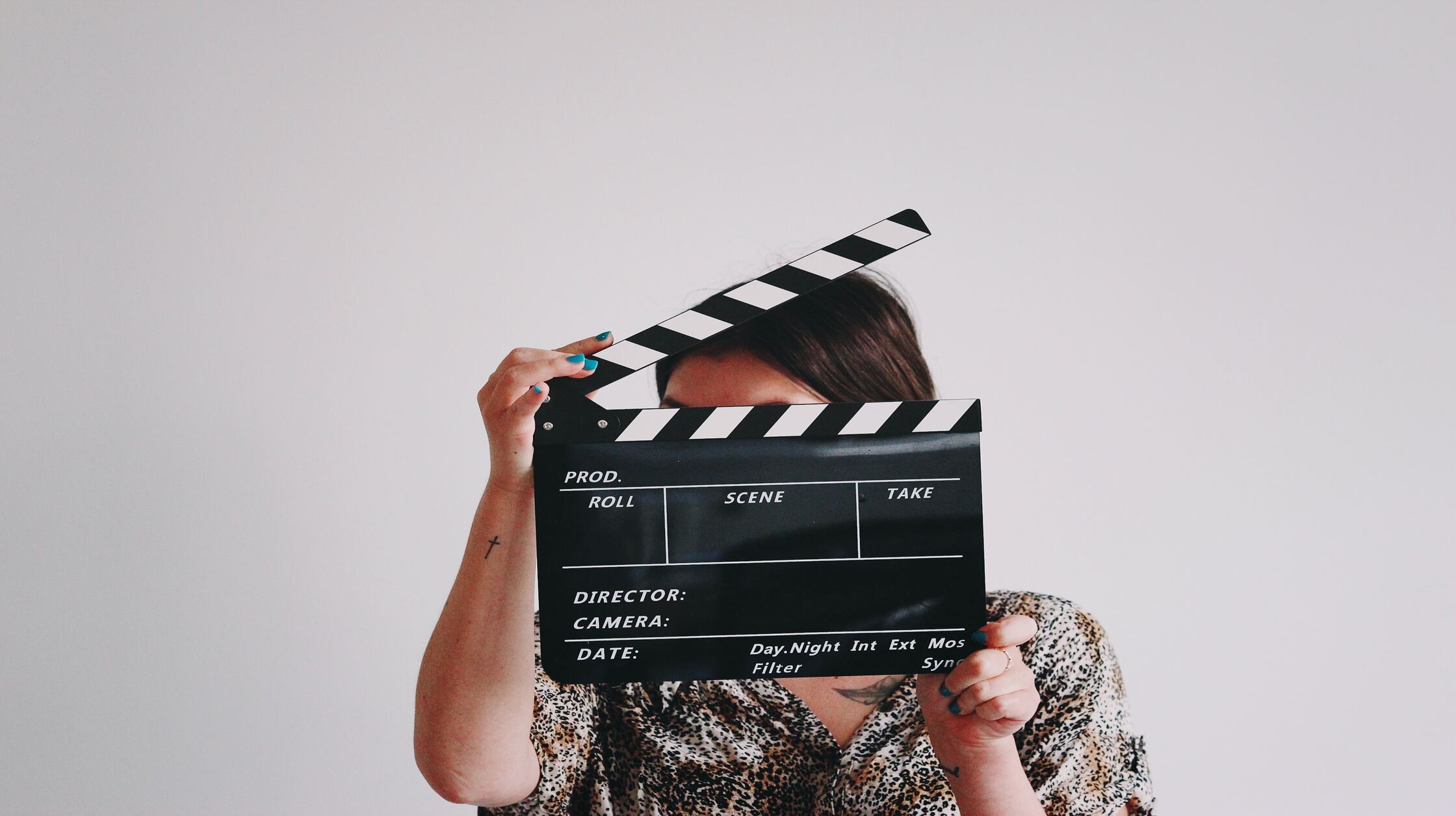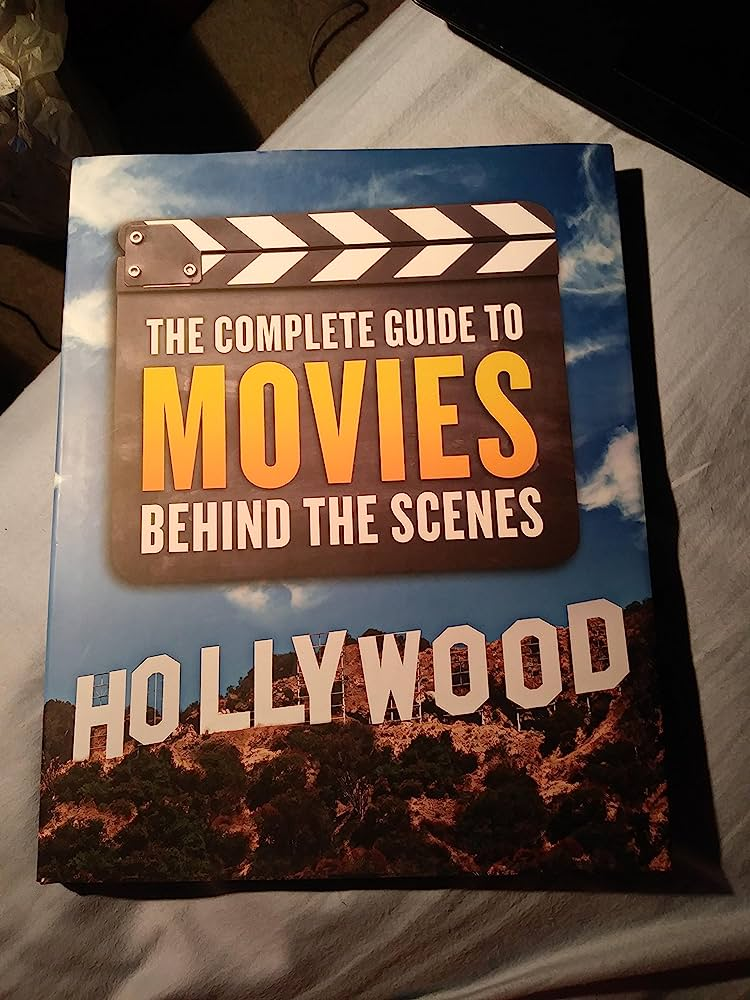
There’s something extraordinarily captivating about seeing our favorite characters and narratives from well-loved books come alive on the silver screen. It’s a magical transformation from page to screen, a process filled with creativity, challenges, and the occasional controversy. Yet, the journey of adapting books into movies often remains shrouded in mystery, unfolding behind the curtains of Hollywood.
In this blog post, we’re going to pull back those curtains and take you on an immersive behind-the-scenes journey. We’ll dive deep into the fascinating world of film adaptations, unveiling the extraordinary stories, the intricate process, the dramatic setbacks, and the triumphant moments that happen as novels are sculpted into cinematic masterpieces. From the initial rights acquisition to scriptwriting, casting, and filming, we will explore every step that breathes life into the words etched on paper, transforming them into visual narratives that enthral audiences worldwide.
The Start of the Journey: Acquiring Rights
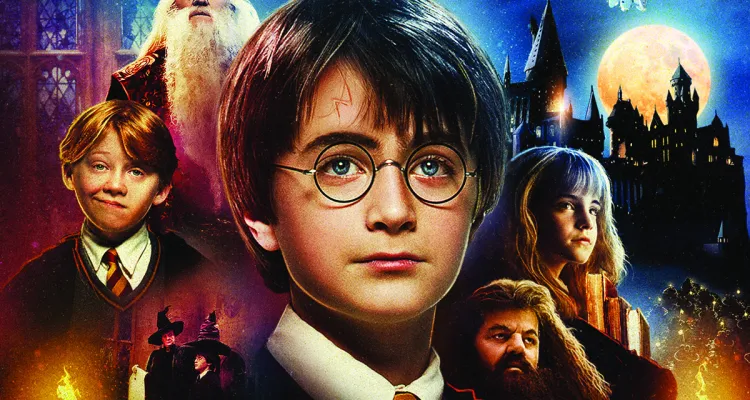
Every adaptation begins with acquiring the rights to the original work, often a process that’s as dramatic as the narratives themselves. Producers or studios must negotiate with authors or their representatives to secure the rights to adapt the story. J.K. Rowling, for example, famously sold the rights to the “Harry Potter” series to Warner Bros., but not before ensuring certain control measures that would protect her magical world from being distorted.
The Art of Scriptwriting: Translating Prose to Screenplay
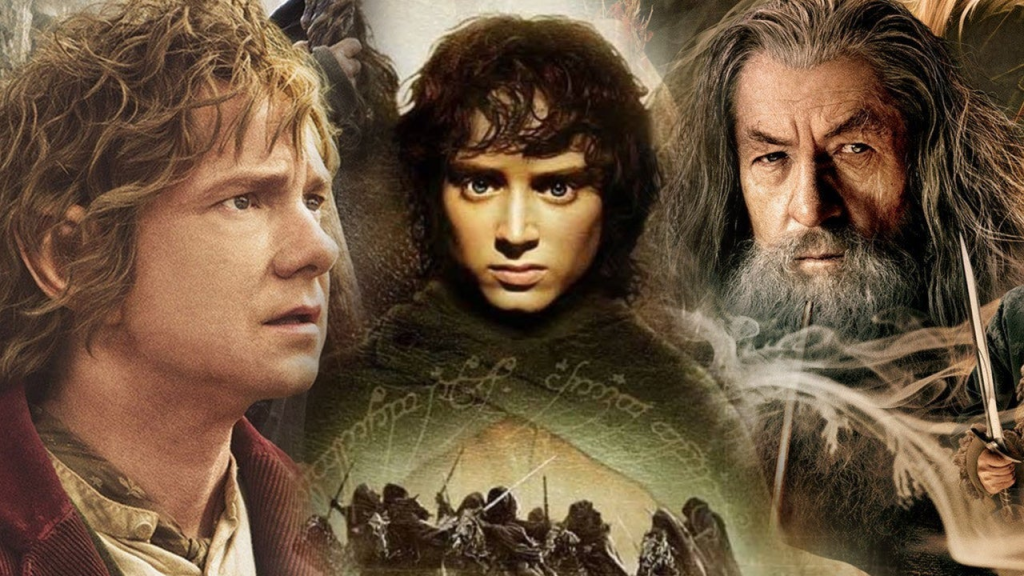
Once the rights are secured, the scriptwriting process begins. It’s a task that requires deftly distilling the essence of a book, which could span hundreds of pages, into a screenplay that fits the duration of a movie. Significant changes are often needed to suit the visual medium, which can cause tension among dedicated fans. Peter Jackson’s “The Lord of the Rings” trilogy, for example, made notable deviations from J.R.R. Tolkien’s original books, causing mixed reactions from the devoted fan base.
Casting: Bringing Characters to Life
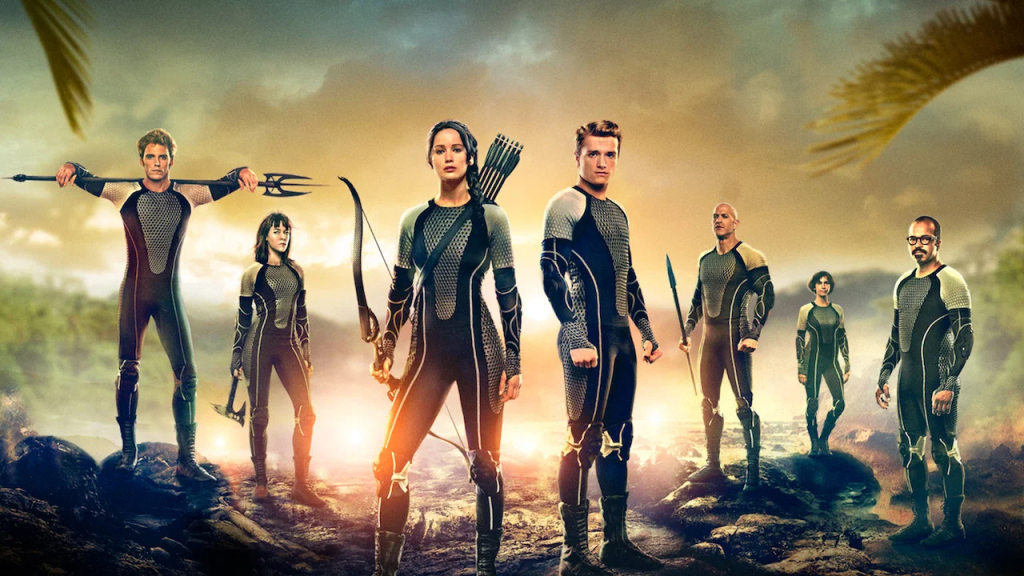
One of the most anticipated parts of any adaptation is the casting process. It’s always a thrilling moment when fans learn which actors will embody their beloved characters. Yet, casting can stir controversy, especially when fans have strong preconceived notions about a character’s appearance or personality. The casting of Jennifer Lawrence as Katniss Everdeen in “The Hunger Games,” for instance, initially sparked debates among fans, though her performance later won widespread praise.
Filming: Materializing the Imagination
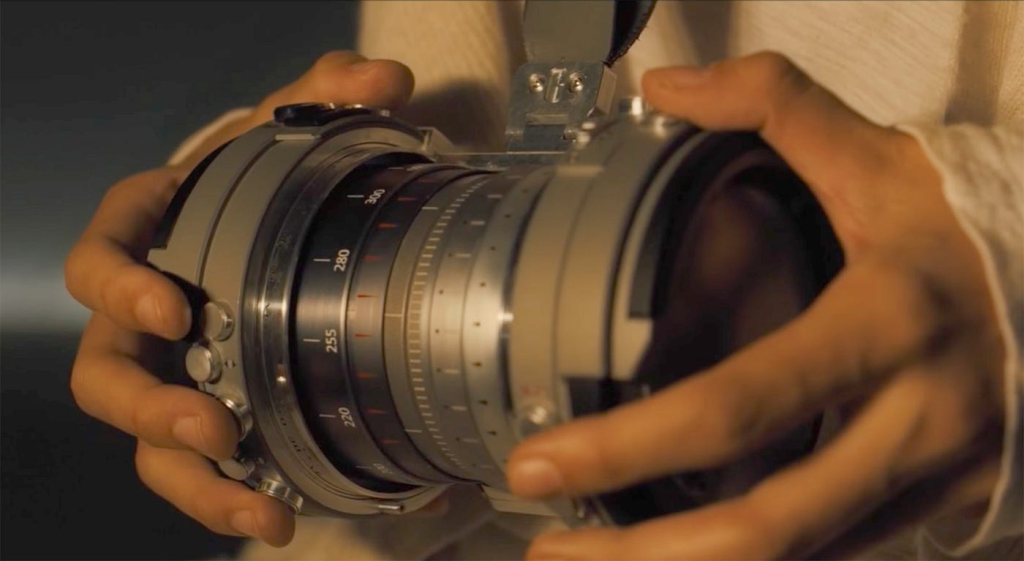
Finally, the film begins to take shape on set, where the director’s vision, cinematographer’s expertise, and actors’ performances merge to bring the story to life. Challenges abound, as filmmakers must find ways to depict elements of the book that readers have visualized in their own unique ways. Filming the “Harry Potter” series, for instance, demanded incredible creativity to convincingly portray the magical world that readers had imagined.
The Premiere: A Moment of Collective Anticipation
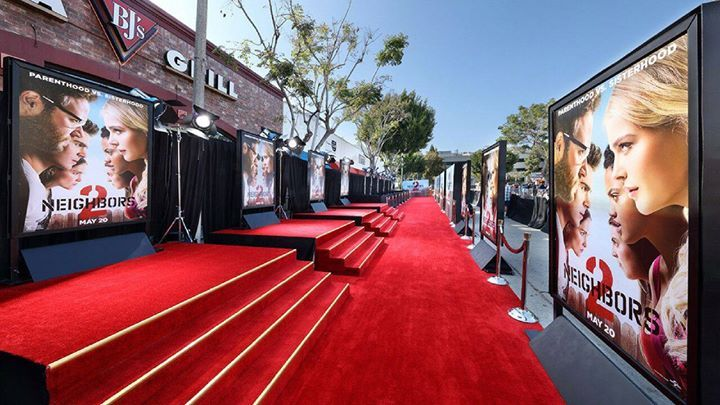
The culmination of the adaptation journey is the premiere, a moment of collective anticipation shared by filmmakers, actors, authors, and fans alike. Will the film stay true to the spirit of the book? Will it disappoint or exceed expectations? The reception of the “Game of Thrones” TV series serves as a cautionary tale about the possible backlash if an adaptation diverges too far from its source material, particularly in its final seasons.




